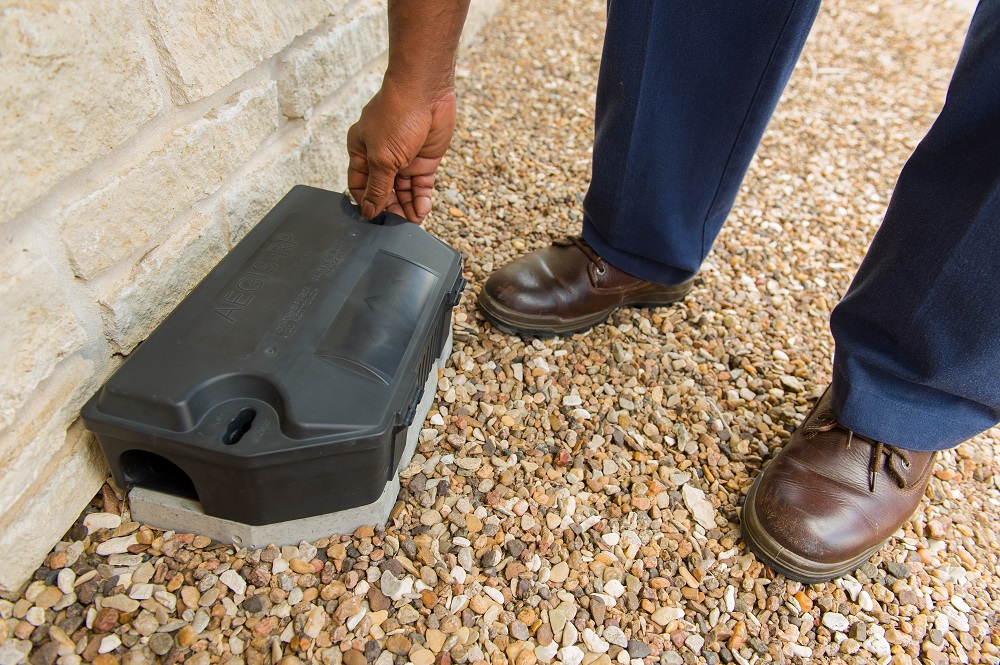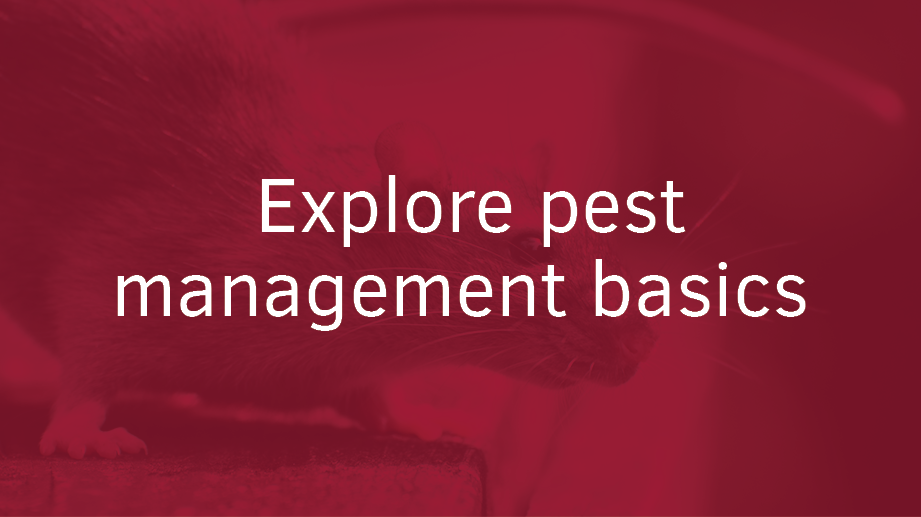Tip Of The Week: Using Pest Monitoring Devices Effectively
The goal of an effective Pest Management Program is to keep pest populations to a minimum in order to mitigate the risk of product contamination. This is accomplished through proper identification, exclusionary measures, sanitation, monitoring for activity and responding to findings, and occasionally with the use of pesticides. As with most plant programs, a typical Integrated Pest Management (IPM) program relies on a number of other Prerequisite Programs for its success.
There are various pest monitoring and pest control devices available on today's market. The type your facility uses will depend on various factors such as the pests of concerns, conditions present, and governing regulations. Within the international community, some devices are considered inhumane and are not permitted.
Some common pest control monitoring devices include:
-
Snap traps for mice and rats
-
Multiple catch mechanical traps for mice
-
Glue boards for rodents and crawling insects
-
Pheromone traps for flying or crawling insects
-
Insect light traps for flying insects
-
Cages for medium-sized mammals or birds
-
Rodent feeding stations with toxic or non-toxic bait
Devices permanently placed on the interior of a facility are normally considered monitoring devices and not control devices unless there is active infestation. When there is activity on the interior of a facility at these locations, it indicates that a component of the management program may not be adequate or was not applied properly. Placement of additional temporary traps may be necessary to respond to any pest activity and must be properly monitored and accounted for within the program.

For monitoring devices to be effective, they require routine service, such as ensuring they are clean, properly wound or set, or in the case of rodent bait stations, provided with fresh bait. In recent years, there have been technological advancements which allow for sensors to be attached to the mechanical traps. These sensors will send immediate notifications, text and/or email, to designated personnel of any captures or if the device is moved. This allows for more timely response to pest activity, which improves resolution and further minimizes risk. It also allows for the repurposing of the persons’ time who does the regular device checks to more value-add activities.
One pest management company that uses these sensors is McCloud Services. Stephanie Dickson, McCloud Services’ Chief Operations Officer, has shared that “The Bayer system (sensor system) has provided us with a new framework to help deliver a truly optimized rodent control program.”
Routine checks of the devices are often logged directly on the device for ease of tracking. This typically consists of a sticker with the date of each service as well as the employee’s initial. Actual findings are typically documented on a separate log.
Device placement is often the key to effectiveness. Some typical guidelines, in the absence of a site-specific pest assessment, are:
-
50-100 ft intervals for rodent bait stations
-
20-40 ft intervals for interior rodent traps
-
Interior rodent traps on either sides of doors to the exterior
-
Insect light traps should not be seen from the exterior and should be spaced according to manufacturer recommendations
-
Insect light traps placed a minimum of 10 feet from product contact surfaces or exposed products.
-
Interior rodent traps are routinely placed against walls with an 18-inch perimeter to enhance the attractiveness of the traps. Certain situations may require traps to be placed near the interior of the facility to capture rodents that have migrated away from the walls.
-
Insect pheromone traps should be placed according to manufacturer specification.
Stations containing rodenticides must be anchored in place, tamper-resistant, and labeled “poison”. In the U.S., the use of rodenticides inside the facility is discouraged since they may be carried by the rodent into a product zone and because the poisoned and deceased rodents may go undetected for a length of time, leading to further infestation.
The National Pest Management Association has developed a basic guide for assessing and developing a program for the placement of rodent monitoring devices for a food manufacturing and warehousing facility. Although this guide is helpful for initial assessments, your program must be developed to meet the facility’s needs and customer requirements.


